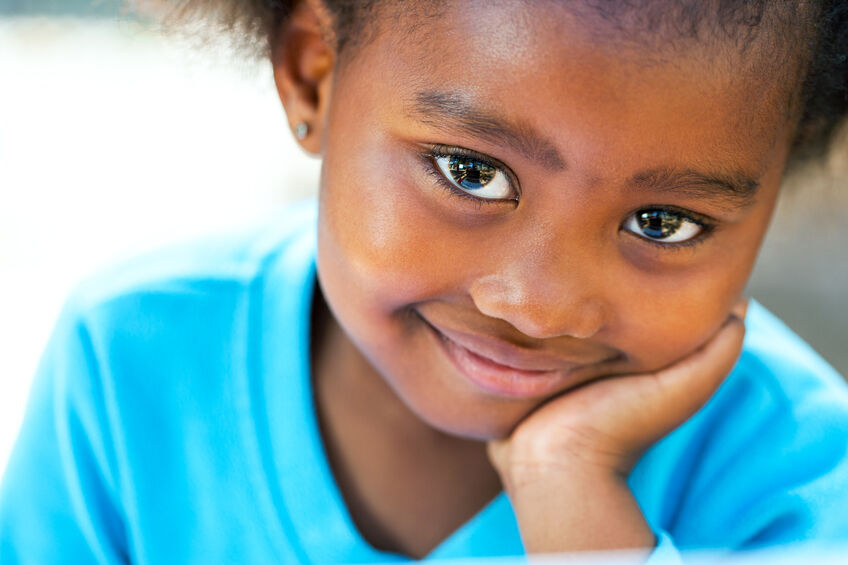
It is time for parents to teach young people early on that in diversity there is beauty and there is strength.
~Maya Angelou
Don't miss the resource and book list on the bottom of this blog! ⬇️
As Black History Month comes to a close, it is so important to remember that teaching about and celebrating Black experiences should not be a once-a-year event.
We need to ensure that we are always surrounding young children with representations, media, and learning opportunities that help reflect, explore, and celebrate Black joy, love, history, traditions, and accomplishments, not just this month but every month.
It is never too early to introduce young children to the voices and experiences of Black history and culture. Black history is American history.

For Black children and all children of color, it is essential to their sense of self and their own empowerment to interact with positive true representations that reflect who they are in learning materials, toys, books, and games.
There is power that comes from listening to and learning from voices that highlight the roles and contributions that people who look like them have had and continue to have in making differences in the world.
Learning about brave women and men from history who overcame challenges, exploring the history they share, and connecting with fictional characters and everyday folks portrayed in affirming situations allows children to feel a strong sense of their own abilities.
They need to see themselves in everyday resources and media, to see characters who look like them. They will then feel seen, heard, and validated and know that the color of their skin is a reason to celebrate.

Representation of Black history and culture carries equal importance for children who may not live in or be exposed to diverse communities. When children see and interact with only what is within their own community, their concept of the larger world becomes narrowed and sets biases in place from an early age.
This goes beyond skin color. Even when speaking to another child of the same skin tone, there may be differences as simple as favorite candy flavor. Knowing that other's may have a different opinion, and understanding that they are allowed to have different opinions can be strengthened as we learn about different people with different experiences.
When children aren’t given opportunities to know, listen to, and learn from others with different backgrounds, skin tones, experiences, and histories, they will begin to label others as just being different, create set expectations and judgments about those who are different, and miss a critical opportunity for understanding.

From the earliest age, we can use everyday experiences as learning opportunities to introduce children to and have conversations about the differences between and among us.
We as educators should not shy away from these conversations due to our own discomfort. Children are emotional detectives; they will pick up on the body language, tone of voice, and attitudes that key adults in their lives put forth, and the lack of conversations, explanations, and exposure to experiences that differ will set them up for misunderstanding, believing stereotypes, making assumptions, and creating biases.
Speaking openly and answering children’s many questions about how people look, where they live, where they come from, what they do, and why that may not match how you look or live opens the door to changing the perspective.
This can be as simple as talking about any differences that children encounter and want to understand, starting with an understanding of others around them — what they’ve experienced, how they feel, and how these experiences and feelings shape their ideas, values, and thoughts. We all have emotions, and emotions are a key piece that brings us together.
When we can develop an understanding of how others feel, we can build empathy and can embrace others and their experiences. Teaching empathy guides children towards a path that can carry them throughout their lives - helping us all move forward in this world together.
So, once again, Black History Month should not be a once-a-year exploration, but instead, an enormous opportunity to start to learn from, listen to, celebrate, understand, accept, and embrace Black voices, experiences, stories, and perspectives.

Looking for books from all voices? Check out this culturally inclusive book list for infants, toddlers, preschoolers, and up!
These Posts on Parenting
Housman Institute, LLC
831 Beacon Street, Suite 407
Newton, MA 02459
info@housmaninstitute.org
(508)379-3012
Explore
Our Products
Legal
Connect
Contact
Join our Mailing List!
Subscribe to receive our newsletter, latest blogs, and ECSEL resources.
We respect and value your privacy.
No Comments Yet
Let us know what you think